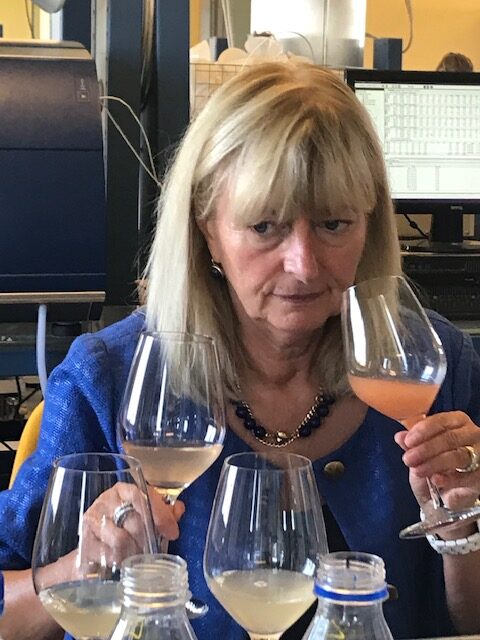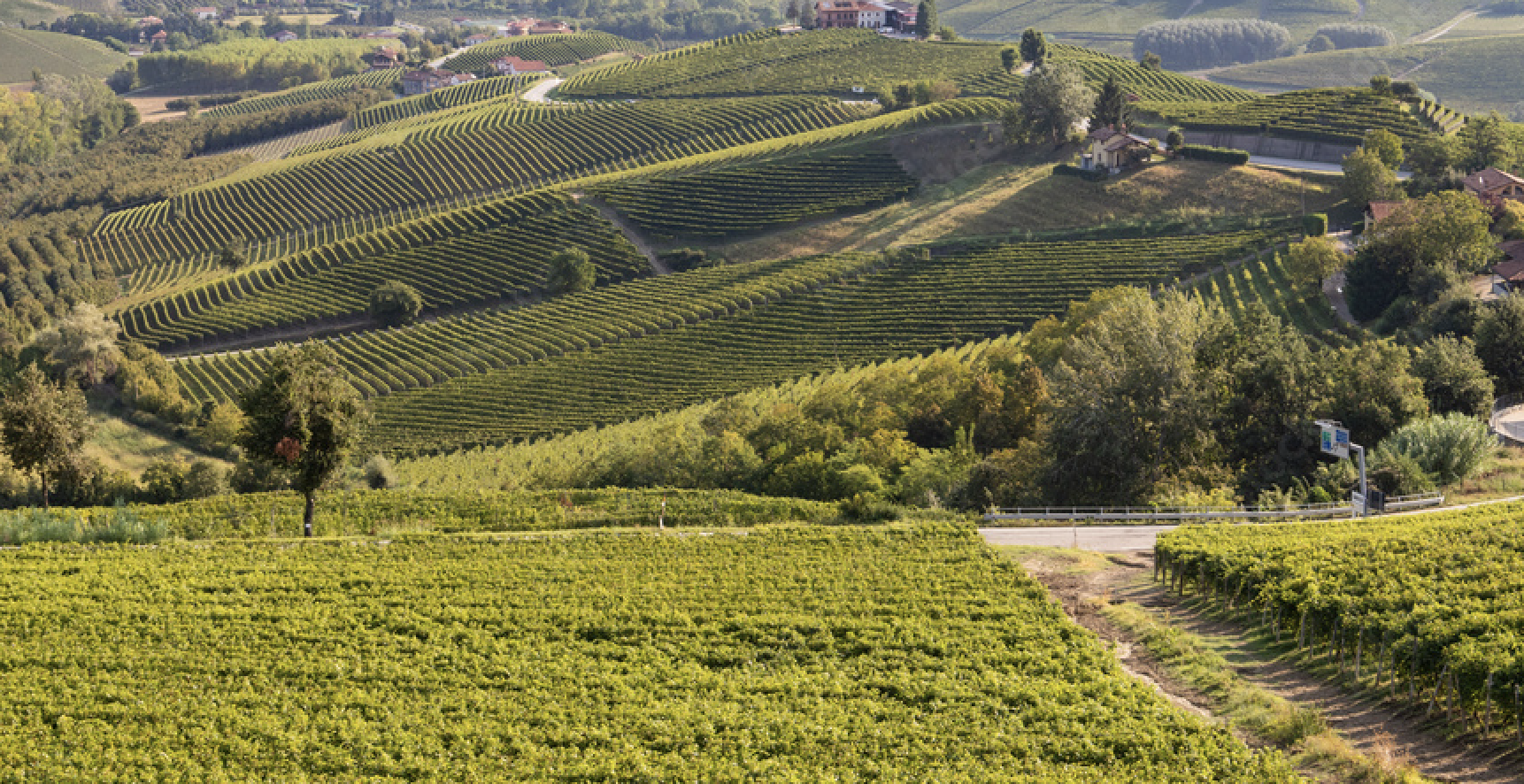
The Grignolino del Monferrato Casalese DOC Spumante Rosé Metodo Classico is reality
The first native sparkling wine denomination from Monferrato Casalese.
Commentary and detailed observations by the enologist and biologist Dora Marchi working at Enosis research center
The entry of the Metodo Classico Grignolino del Monferrato Casalese DOC sparkling wine into the oenological “society” represents a significant added value for the territory, giving it a distinctive and representative native primacy that is unparalleled in its nature.
Providing an opinion from an organoleptic perspective, and more, on this new winemaking style of the “noble and rebellious” grape variety, the flagship of Monferrato Casalese, which can be claimed starting from the 2024 harvest, is enologist and biologist Dora Marchi, Technical Director and Head of the Quality Control Laboratory at the Enosis Meraviglia Applied Enology Research Center in Fubine, run by oenologist-scientist Donato Lanati.
“The introduction of the Metodo Classico sparkling wine made from Grignolino is a great initiative, capable of strongly boosting the value of the region and its winemakers,” appreciates the enologist. “However, it’s not easy. From the vine to the vineyard and into the cellar, choices and practices must be wise and forward-thinking. For a quality Metodo Classico, it’s essential to dedicate specific vineyards, in terms of altitude (as high as possible) and exposure (preferably north and east). The vineyards for sparkling wine must be specially prepared. It’s a mistake to produce Metodo Classico using surplus harvests or grapes from thinning, rather than by cutting off the tips and selecting less ripe clusters. Ideally, as with Pinot Noir, it would be best to identify the most suitable clones to produce grapes capable of maintaining good acidity, with a pH not exceeding 3.20 and a low alcohol content. Only precise analyses through periodic sampling, especially in these times of significant climate changes, can determine the exact harvest time. Additionally, producing a suitable must for sparkling wine is no easy task, considering that Grignolino has few anthocyanins and many flavonoids; the degree of pressing is crucial to achieve a good balance between color and tannin.”
Does Grignolino have the ideal characteristics for Metodo Classico sparkling wine? “One of its strengths is certainly its good acidity, while a potential weakness could be its high tannicity, which doesn’t pair well with bubbles. Therefore, it’s important to press very gently and carefully. Additionally, grapes intended for sparkling wine should be harvested in crates, ensuring intact berries and avoiding premature fermentation, which would otherwise lead to excessive tannin,” notes Marchi.
The recently approved regulations by the European Union only allow for rosé sparkling wine. How do you view this decision? “Grignolino grapes don’t have a lot of color, which makes it easy to obtain a white must. However, rosés, during winemaking, allow for a slightly higher yield and can result in more fragrant wines. I believe the choice to only allow rosé winemaking stems from the producers’ desire to differentiate from other sparkling wines”.

